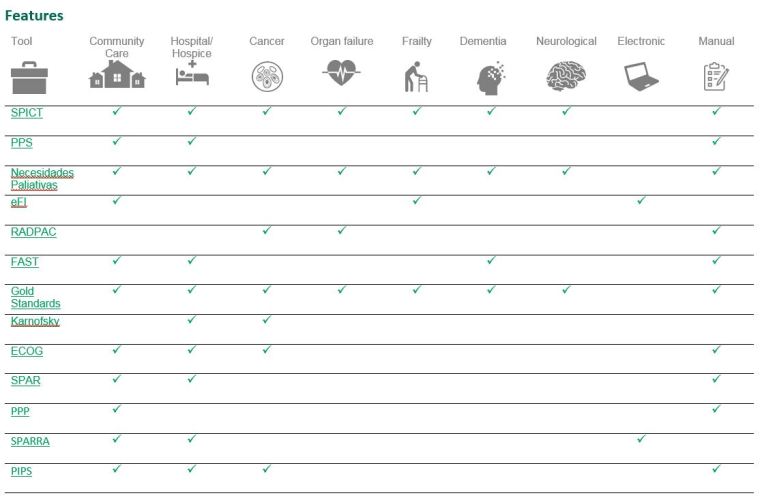
You may feel scared when you receive a rheumatoid arthritis diagnosis. You aren't alone. Your physician will do all he can to help you overcome this disease.
You will be asked a number of questions by your doctor when they first meet you. These include what you think is causing you pain, and other symptoms. These questions give your doctor the information he needs to identify your arthritis. They may also want to know about other health conditions that can have similar symptoms.
They may also want to know how long symptoms have been occurring and whether or not they have changed. Your doctor will perform a physical. During your exam, the doctor will check the joints in which you're experiencing symptoms. They'll check the joints for tenderness or swelling. The doctor may also look for signs of inflammation like fever, weight loss or loss in appetite.
Your doctor will probably order blood tests to test for the different types of arthritis. These tests look for inflammation in the body, and they may also look for the antibodies that cause the autoimmune process that can lead to joint problems.

Your doctor can also use X rays to see if there is any damage in the joints. X-rays can detect osteoarthritis and other problems, such as bone loss or fluid buildup in the joints. MRIs and ultrasonics are other imaging tests that create detailed images of the bones and muscles.
Some tests, like a rheumatoid factor (RF) test, will give your doctor important clues about whether you have rheumatoid arthritis. Other tests that may be useful in confirming a diagnosis are an ANA test and a C-reactive protein (CRP) test.
RF is a common marker of rheumatoid arthritis, but it can also be elevated by other diseases with similar symptoms. Sjogren’s, dermatomyositis (a skin condition), and mixed connective tissue disorder, a closely related condition, can all produce high levels.
A diagnosis of RA can also be made by low-grade fevers and colds. Other symptoms include fatigue, pain during exercise, and sore throats. These can be a sign of inflammation in the body, but they may also indicate that you have a viral infection or other underlying problem that needs to be ruled out.
It is best to use medications that can reduce inflammation. Your doctor will prescribe medications that are effective and safe for you. Drugs that reduce inflammation and keep your symptoms at bay can help you live an active, normal life.

Your doctor may suggest other ways to manage your rheumatoid arthritis, such as changing the way you do certain activities or making lifestyle changes that can improve your overall health. If you have arthritis, your doctor may suggest that you eat less sweets or avoid foods which aggravate the symptoms.
Based on your individual symptoms, a rheumatologist might recommend drugs to you that are both effective and safe. These medications can reduce inflammation, decrease swelling in the joints and relieve pain. They'll also help you manage other symptoms that can affect your everyday life, such as depression and anxiety. They can also make you feel more energetic and flexible.
FAQ
Which are the three levels of care in a health facility?
The first level of care is the general practice clinics, which offer basic medical services for patients that do not require hospitalization. They can also refer patients to other providers, if necessary. These include general practitioners, nurse practitioners, or midwives.
The second level are primary care centres, which provide complete outpatient care, as well as emergency treatment. These include hospitals.
The third level includes secondary care centers that offer specialist services like eye surgery, orthopedic surgery and neurosurgery.
What is a system of health in public health and what does it mean?
Health System refers to all the activities involved in providing medical services for a population. It includes service delivery, financing, regulation, research, education, training, and information systems.
What is the difference between the health system and health care services?
Health systems are broader than just healthcare services. They encompass everything that happens in the overall context of people’s lives, such as education, employment, housing, and social security.
Healthcare services, on the other hand, focus on delivering medical treatment for specific conditions such as cancer, diabetes, mental illness, etc.
They may also refer to the provision of generalist primary care services by community-based practitioners working under the direction of an NHS hospital trust.
Statistics
- Foreign investment in hospitals—up to 70% ownership- has been encouraged as an incentive for privatization. (en.wikipedia.org)
- About 14 percent of Americans have chronic kidney disease. (rasmussen.edu)
- Over the first twenty-five years of this transformation, government contributions to healthcare expenditures have dropped from 36% to 15%, with the burden of managing this decrease falling largely on patients. (en.wikipedia.org)
- The healthcare sector is one of the largest and most complex in the U.S. economy, accounting for 18% of gross domestic product (GDP) in 2020.1 (investopedia.com)
- The health share of the Gross domestic product (GDP) is expected to continue its upward trend, reaching 19.9 percent of GDP by 2025. (en.wikipedia.org)
External Links
How To
What are the main segments of the Healthcare Industry industry?
The healthcare industry includes the following key segments: diagnostics/biotechnology, pharmaceuticals/diagnostics, therapeutics/health information technology, medical device, and equipment.
These medical devices include blood pressure monitors and defibrillators as well as stethoscopes and ultrasound machines. These products are usually designed to diagnose, prevent, or treat diseases.
Pharmaceuticals are medicines prescribed to relieve symptoms or treat disease. Examples include antibiotics, antacids, antihistamines, contraceptives, etc.
Diagnostics are tests performed by laboratories to detect illness or injury. There are many types of diagnostics: blood tests; urine samples; CT scans; MRI scans; X-rays.
Biotechnology refers to using living organisms (such as bacteria) to produce useful substances that can be applied to human beings. There are many examples, including vaccines, insulin, or enzymes.
Therapeutics are the treatment of diseases and symptoms that is administered to people to relieve them. They can involve drugs, radiation therapy or surgical interventions.
Information technology for health is a category of computer software that helps physicians and their teams manage patient records. It helps doctors track what medications are being taken and when they should be taken.
Equipment used in the diagnosis, treatment, and monitoring of medical conditions or illnesses is called medical equipment. Examples include dialysis machines, pacemakers, ventilators, operating tables, etc.